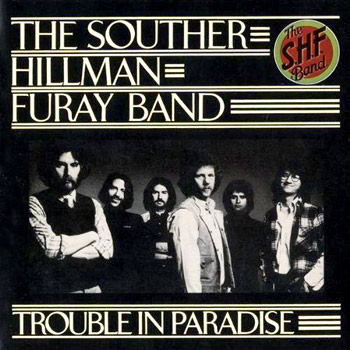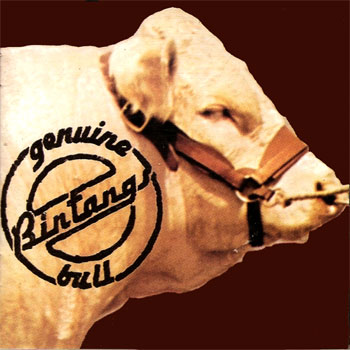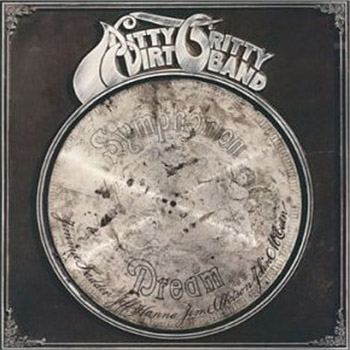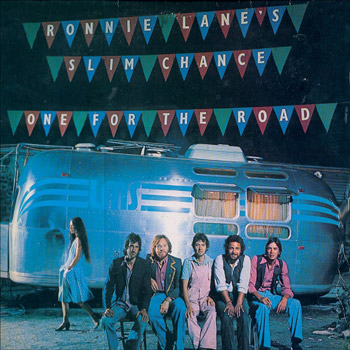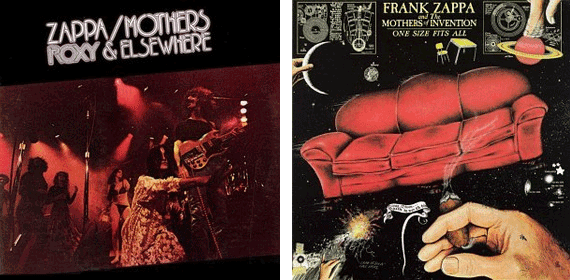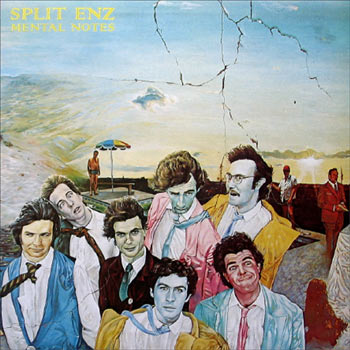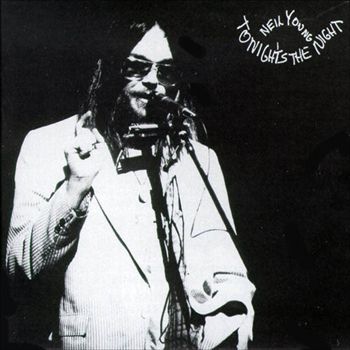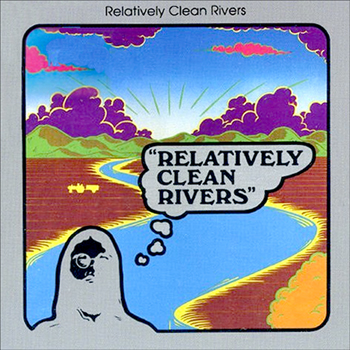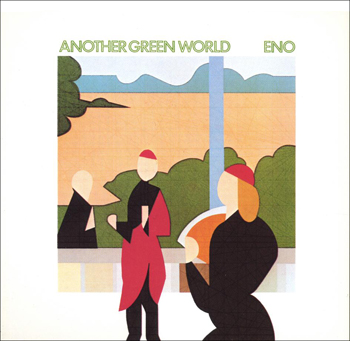uReview: Tom Waits Discography
Tom Waits is one of the many legendary artists we have neglected to feature on these pages. His works seem to transcend time, seamlessly linking sound and style from decade to decade. But, for whatever reason, I only have a couple of his records.
So, calling all TW fiends: what’s overrated, underrated, and essential in the Tom Waits Discography?
[poll id=”5“]
